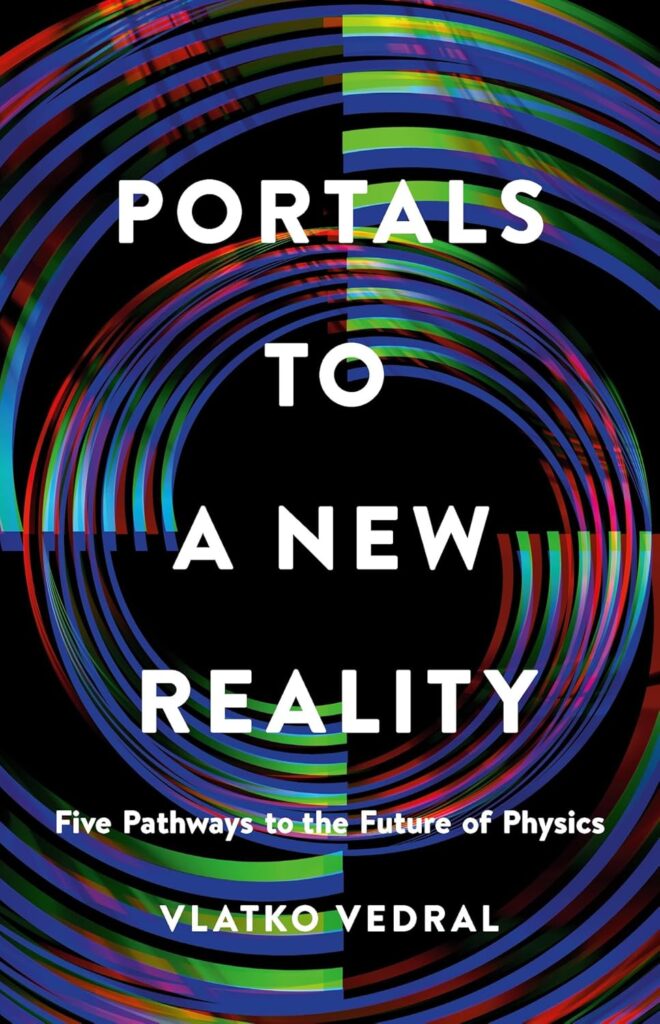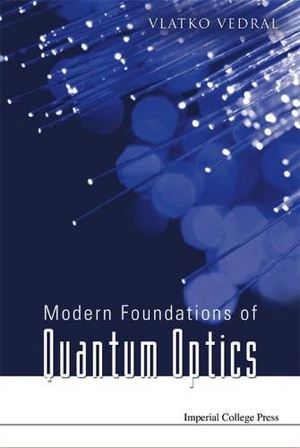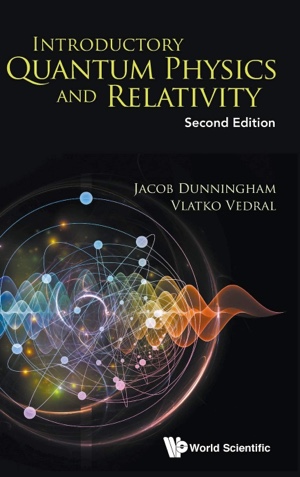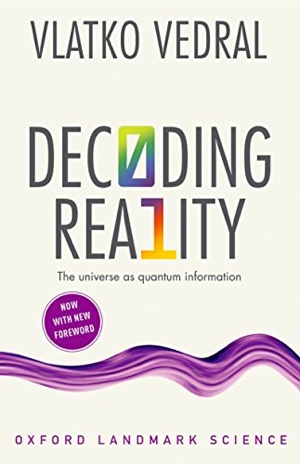Only the soul gets teleported
One of the inventors of quantum teleportation, the late Israeli physicist Asher Peres, was once asked by a journalist if a human being was to be quantum teleported, “Would the whole being be teleported with the soul or only the body?” His witty reply was: “No, only the soul gets teleported!”
Sounds fantastic, but one should realise two things. One is that by a “soul”, Peres meant the quantum state assigned to the human being. Two, matter doesn’t travel during teleportation; it’s the quantum state that gets imprinted onto an entirely new bunch of atoms (and the original quantum state must get destroyed because of the quantum no-cloning principle).

Photo by Pedro Figueras: https://www.pexels.com/photo/two-pigeon-perched-on-white-track-light-681447/
How do we know that an entirely new piece of matter, having the same quantum state, would be identical to the person before teleportation? Well, we do and we don’t. We don’t because we haven’t done the teleportation experiment with humans. But we do, in the sense that – as far as we know at present – the quantum state fully captures all the aspects of a physical system. When we teleport individual atoms, they behave the same before and after the teleportation 😊.
For instance, whatever test we perform on the teleported human, the result should be indistinguishable from their unteleported version. For starters, the teleported version would look and behave exactly as the original. But, if there is nothing more to it than the quantum state, their feelings, memories, and so on would be identical too. Their introspection after the teleportation would not reveal anything out of the ordinary (“I went into the teleporter, and here I am now on the other side of the galaxy”).
Derek Parfit was an Oxford philosopher who became famous for using sci-fi scenarios like teleportation (albeit non-quantum) to illustrate various apparent paradoxes related to the notion of personal identity. His book “Reasons and Persons” explores it at great length.
For instance, Parfit envisages a scenario in which your brain is sliced into two and the two hemispheres are then put into two other human bodies. Since each feels like you, remembers things like you, acts like you, and so on, does it mean that there are now two of you? Parfit also considered the opposite process. Rather than splitting you into two, you can take the two copies of you and fuse them into one. Would that now still be you even though the two copies could have led separate lives before the fusion?
This leads to an interesting question: could two different persons occupy one and the same body? Parfit says “yes” (and the directors Alfred Hitchcock and Brian de Palma surely agree with him). Parfit thought that personal identity is not fundamental. All we require is some kind of continuity of memories, perceptions, and general feelings that it is still us, not much different from the person we remember existed last year or twenty years ago or as a child.
But Parfit was a philosopher largely unaware of quantum physics and he wrote about all these ideas in the sixties and seventies well before quantum teleportation was discovered. So, it would be interesting to add a quantum twist to his scenarios.
Enter Schrödinger. Imagine a person (not a cat) witnessing an atom spontaneously emitting a photon. Since this is a quantum process, this person sees the atom emit in one branch of the superposition and not emit in the other branch. And quantum physics says both branches are real and exist in a quantum superposition.
Now, is the person in each branch the same as the person before the observation? If you talked to them they would definitely confirm this. Each remembers the times before observing the atom and all the past memories are identical for both copies. The only difference is that they now see two different things, one sees a photon and the other doesn’t. But surely a small event like this cannot really change their identity (we know this because we observe things all the time that could have been otherwise and we ourselves always feel the same; no discontinuities here, unless you suffer from a psychological disorder).
In each branch the person continues in the usual fashion and does different things. They could end up living very different lives simply as a result of one quantum event of the kind described.
So far so good. But we also know that in quantum mechanics we can interfere the two branches. This would be the quantum equivalent of Parfit’s fusion thought experiment. One way of doing this is to reverse the observation of the atomic emission. In other words, the person would undergo a time-reversal transformation in which case, their end state would be the same as at the beginning of the experiment!
In this case, the person would not remember any observation of anything else that happened to either of their copies in the two branches. It’s as though the experiment never took place (other than, of course, the person performing the experiment who could tell you all about it at the end). The funny thing is (and I always found this fascinating) there is nothing problematic with any of this. No paradoxes, inconsistencies, and such, despite the fact that all these possibilities sound fantastical.
I sure would love to see a psychologist, psychiatrist, or neuro-scientist study the quantum notion of self. If you are curious about it yourself, many more of these and related issues are discussed in my upcoming book “Portals to A New Reality”.
Sign up to my substack
BOOKS
ASK ME ANYTHING!
If you'd like to ask me a question or discuss my research then please get in touch.





